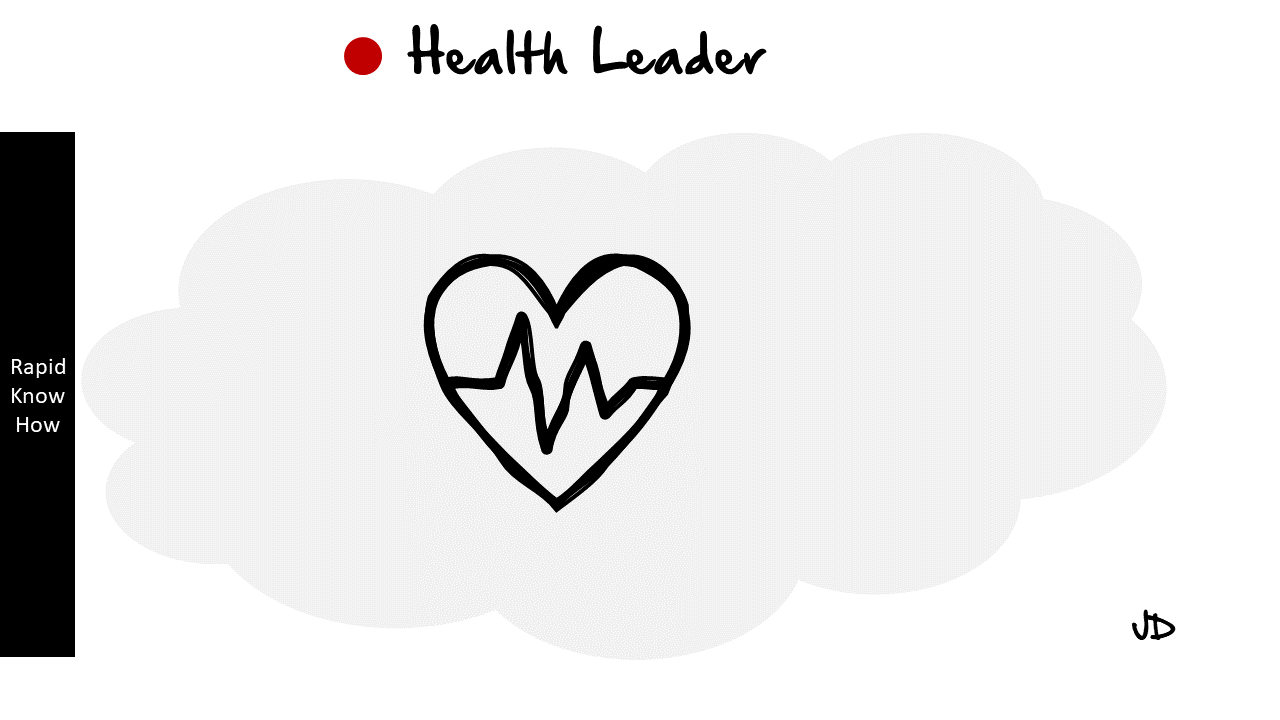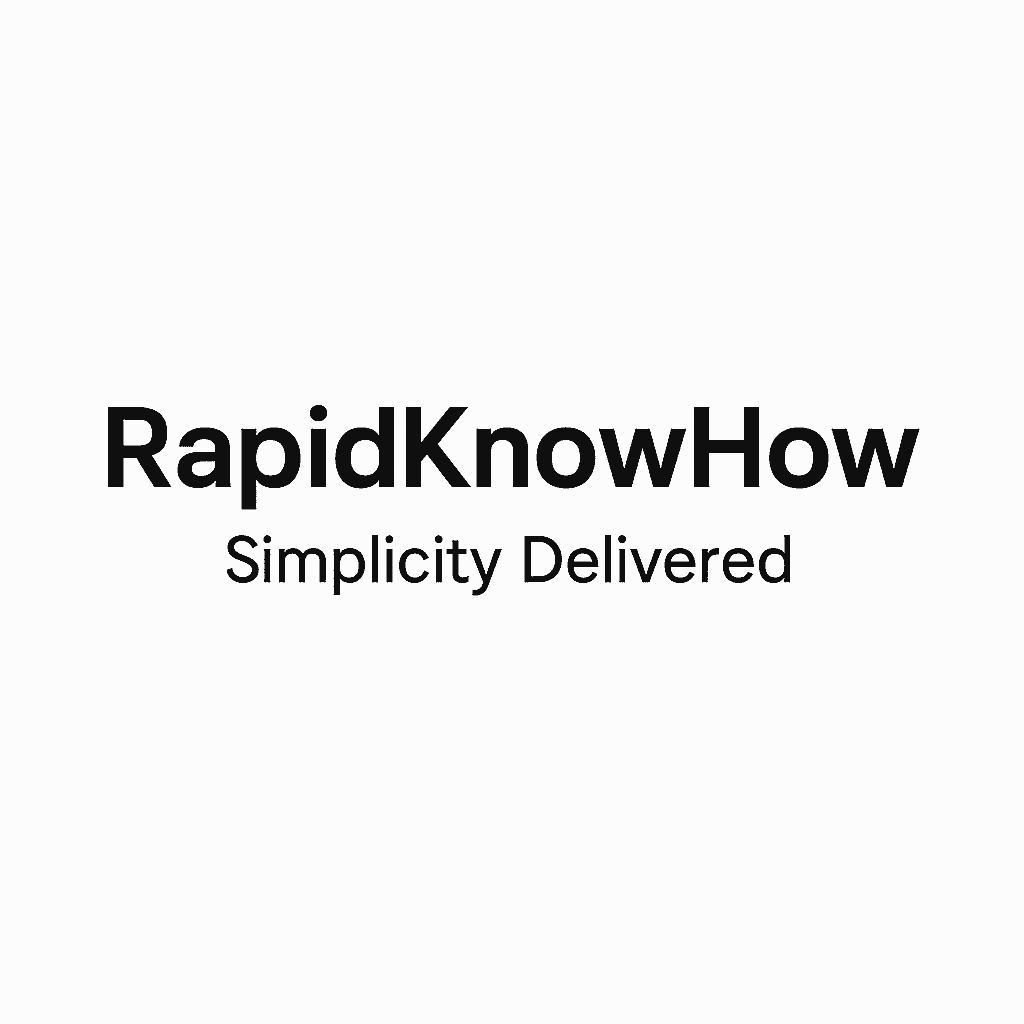📑 RapidKnowHow Power Report
From Strategy Consultant to the Board
Subject: Thriving Market Leadership 2025–2030 with AI-Driven Transformation
0. Introduction – The Fall of the Iron Curtain (1989–1991)
In 1989, the world witnessed one of the greatest transformations in modern history: the Fall of the Iron Curtain.
- For decades, Europe had been divided — East and West, planned and market economies, closed and open systems.
- When the Berlin Wall fell in November 1989, barriers collapsed almost overnight. Borders opened, ideologies faded, and entire economies had to reinvent themselves.
- What followed was not a smooth journey, but a radical transition:
- Privatization of state industries created both opportunity and disruption.
- Foreign direct investment flowed into Central and Eastern Europe, as global companies raced to establish footholds.
- New institutions (EU, NATO, WTO) anchored emerging democracies in global markets.
- Those who moved fast, adapted, and leveraged networks secured long-term leadership.
Strategic Insight for Today:
Just as the Fall of the Iron Curtain created a new economic order in the 1990s, today’s AI Revolution is dismantling barriers in business.
- The new “Iron Curtain” is not political, but technological.
- Companies that remain in the old system (BAU) risk being left behind.
- Companies that embrace AI Transformation now will secure leadership for decades.
1. Executive Summary
Your company is at a strategic inflection point:
- Business-as-Usual (BAU): stagnation, margin erosion, and commoditization risk.
- AI Transformation: compounding innovation, convenience, and efficiency → leadership to 2030.
Recommendation: Approve the Compounded AI Fast-Track Leadership Transformation System (2025–2030), starting with a 90-day IGNITE Sprint in Q1 2026.
2. Strategic Context
- Market: AI adoption accelerating, customers demand Business-as-a-Service (BaaS), supply chains regionalizing.
- Competitors: Early movers embedding AI across pricing, products, operations.
- Board Imperative: Decide to lead transformation or risk being overtaken.
3. Transformation System 2025–2030
The 5 Compounding Engines (Flywheel):
- AI Demand Engine → CAC↓, win-rate↑
- AI Product Engine → NRR↑, ARPU↑
- AI Ops Engine → margin↑, cycle-time↓
- AI Data Engine → LTV↑, accuracy↑
- AI Capital Engine → FCF↑, ROI-based allocation
Annual Cycle: IGNITE → SCALE → SYSTEMIZE → COMPOUND → repeat.
4. Business Scenario: BAU vs AI Transformation
| Dimension | BAU (Business-as-Usual) | AI Transformation |
|---|---|---|
| Revenue Growth | 1–2% CAGR | 8–12% CAGR |
| EBITDA Margin | Flat 10–12% | 15–18% |
| NRR | ~90% | 110–120% |
| Free Cash Flow | Constrained | Strong positive |
| Capital Allocation | Political, slow | Stage-gated, ROICE-based |
| Competitive Position | Follower | Market Leader, AI Moat |
| Valuation 2030 | +10–15% vs baseline | +25–40% vs BAU |
Strategic Insight:
BAU = survival.
AI = leadership.
Decision Point: Act now.
5. Compounded Cashflow Demonstration (Q1–Q12)
Starting from a baseline cashflow of 100 units in Q1, with an 8% compounding growth per quarter, the trajectory over 12 quarters (3 years) demonstrates the power of AI-driven compounding:
| Quarter | Cashflow (units) |
|---|---|
| Q1 | 100.0 |
| Q2 | 108.0 |
| Q3 | 116.6 |
| Q4 | 126.0 |
| Q5 | 136.1 |
| Q6 | 147.0 |
| Q7 | 158.8 |
| Q8 | 171.5 |
| Q9 | 185.3 |
| Q10 | 200.1 |
| Q11 | 216.1 |
| Q12 | 233.4 |
Insight:
- In just 12 quarters, cashflow more than doubles (+133%) through compounding.
- This demonstrates how AI-driven efficiency + growth engines reinforce each other to generate exponential financial outcomes.
6. Financial Impact (2025–2030)
- Revenue CAGR: +8–12%
- EBITDA uplift: +3–5 pts
- ROICE trajectory: 0.9 → 1.3+ by 2028
- Valuation uplift: +25–40% vs BAU
7. Governance & Risk
- Quality Gates: bias & drift control
- Compliance: GDPR & AI Act
- Capital Discipline: ROICE-based stage-gate funding
- Culture: AI skills, partner ecosystems
8. Board Recommendations
- Mandate: AI Transformation Office (CEO-level reporting)
- Fund: €20–30m initial 12-month cycle
- Launch: 90-day IGNITE Sprint (Q1 2026)
- Measure: ROICE Scorecard quarterly
- Scale: Build BaaS & Licensing ecosystem
9. Glossary
- AI Demand Engine – Automated system to generate demand and qualify leads using AI-driven intent signals and RevOps tools.
- AI Product Engine – AI-enhanced product lifecycle: telemetry-driven design, predictive features, and rapid release cadence.
- AI Ops Engine – Automation of core processes (supply chain, service, finance) to reduce cycle times, errors, and costs.
- AI Data Engine – Centralized proprietary data platform enabling model accuracy, predictive insights, and customer lifetime value gains.
- AI Capital Engine – Smart capital allocation, ROI-gated funding, and AI-based pricing models that maximize Free Cash Flow.
- BaaS (Business-as-a-Service) – Business model shift from selling products to delivering outcomes and continuous services.
- BAU (Business-as-Usual) – Continuation of the current business model without transformation; often leads to stagnation.
- CAGR (Compound Annual Growth Rate) – Average annual growth rate of a financial metric (e.g., revenue, cash flow) over a period.
- Compounded Cashflow – Sequential quarterly increase in cashflow through reinvested gains, demonstrating exponential growth.
- FCF (Free Cash Flow) – Cash generated after capital expenditures, used to measure real financial flexibility.
- GRR / NRR (Gross / Net Revenue Retention) –
- GRR: % of recurring revenue retained from existing customers (excludes upsells).
- NRR: % retained including upsells and cross-sells; key stickiness metric.
- ICP (Ideal Customer Profile) – Customer type most likely to derive maximum value and deliver sustainable profitability.
- Iron Curtain (Historical) – Political, economic, and ideological division between Eastern and Western Europe (1945–1989). Its fall in 1989 marked a systemic shift, comparable to today’s AI transformation.
- LTV (Customer Lifetime Value) – Total net profit expected from a single customer relationship.
- MLOps (Machine Learning Operations) – Framework for deploying, monitoring, and scaling AI/ML models with reliability.
- Moat – Sustainable competitive advantage (e.g., proprietary data, ecosystems, brand, or regulatory barriers).
- ROICE (Return on Innovation, Convenience & Efficiency) – RapidKnowHow’s composite performance metric combining innovation outcomes, customer convenience gains, and operational efficiency improvements.
- Stage-Gate Funding – Release of investment in phases tied to performance milestones (e.g., ROICE targets).
- TTV (Time-to-Value) – Time required for customers to realize measurable benefits from a new solution.
- BaaS: Business-as-a-Service model
- CAGR: Compound Annual Growth Rate
- FCF: Free Cash Flow
- ICP: Ideal Customer Profile
- LTV: Lifetime Value
- MLOps: Machine Learning Operations
- Moat: Sustainable competitive advantage
- NRR/GRR: Net/Gross Revenue Retention
- ROICE: Return on Innovation, Convenience & Efficiency
- Stage-Gate Funding: Capital released in performance-linked tranches
- TTV: Time-to-Value
Closing Statement
“Compounding is the silent engine of leadership.
With AI as catalyst, your company can double cashflows, strengthen margins, and secure market leadership by 2030.” – Josef David
⚑ Prepared by: Strategy Consultant
⚑ For: The Board of [Leading B2B Company: INNOVAGAS]
⚑ Date: September 2025





